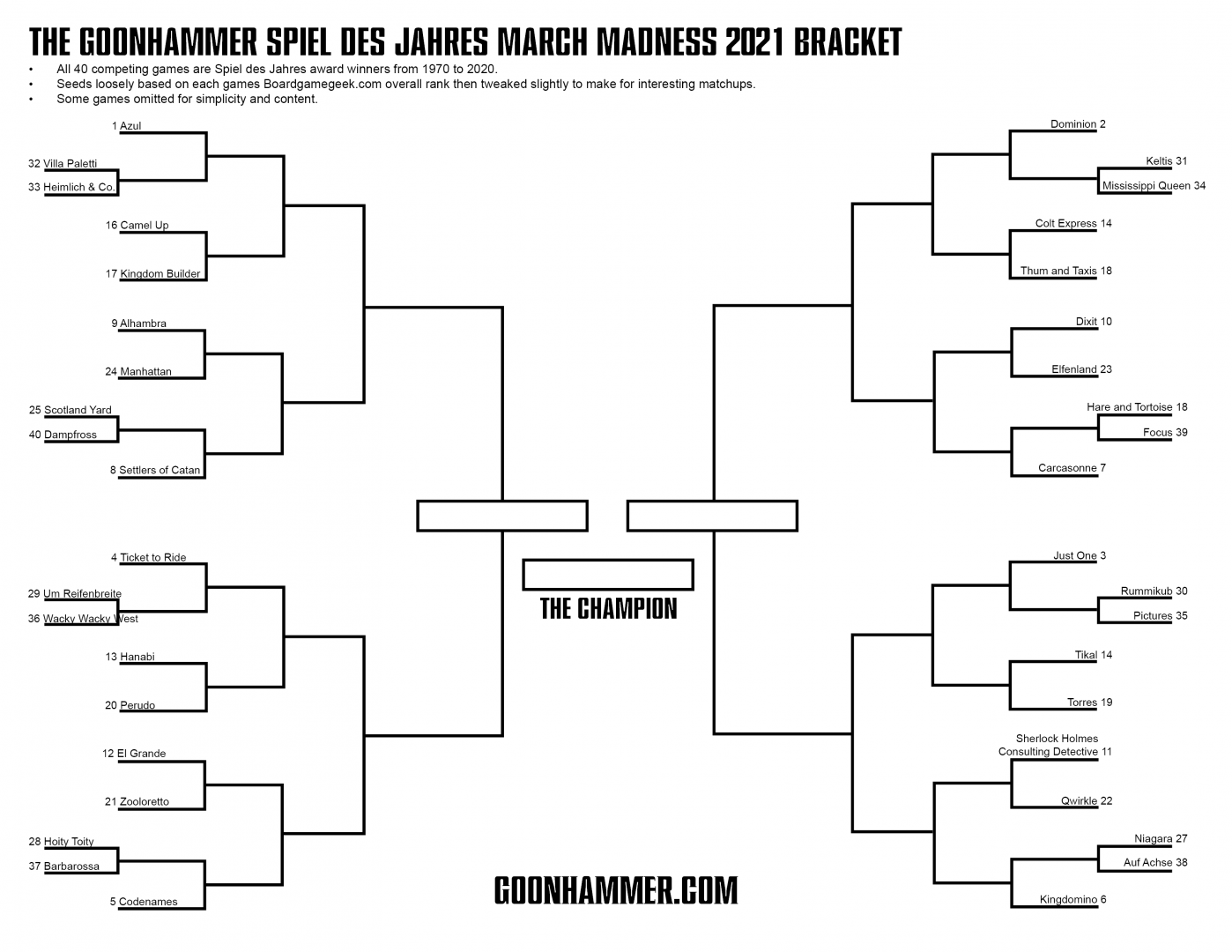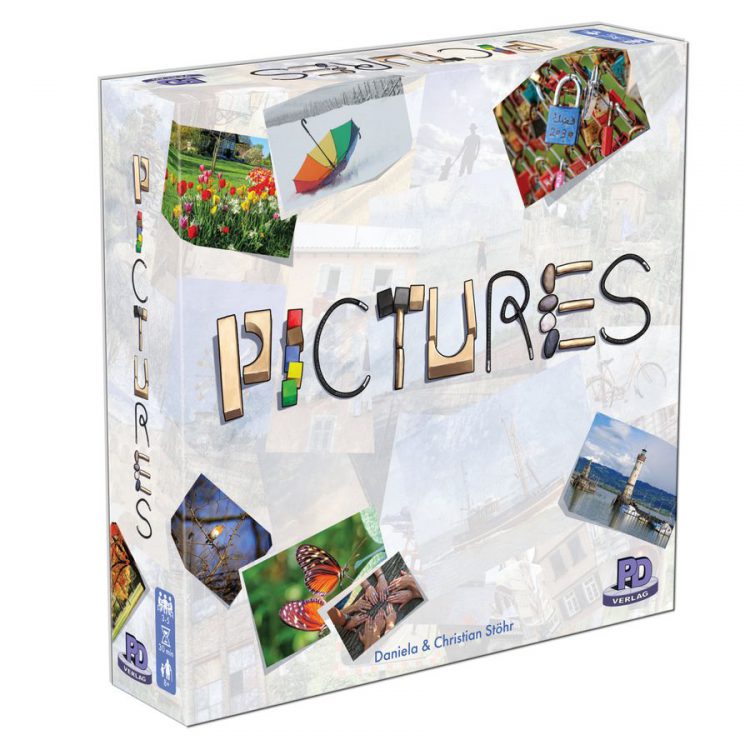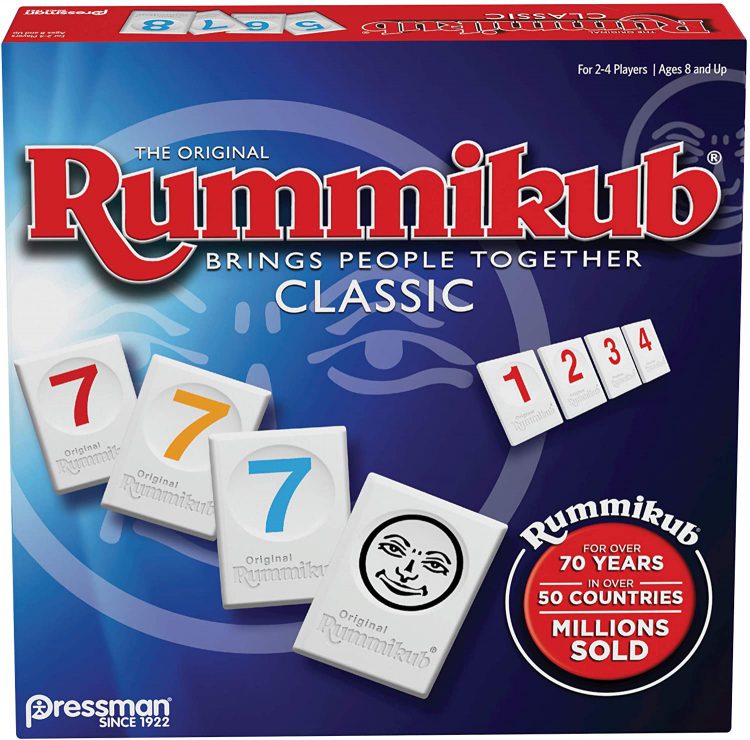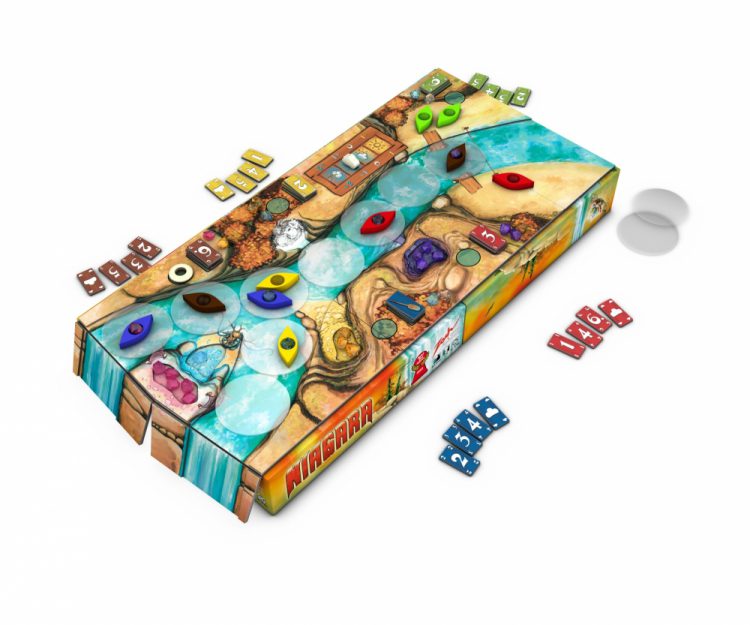Wondering what this is all about? Check out our previous articles introducing the bracket and breaking down the Play-In Games of the Northwest, the Northeast, and the Southwest.
The NCAA Men’s March Madness tournament is a 68-team tournament played every March, culminating in the crowning of the Men’s College Basketball Championship. It is a single-elimination tournament that takes place across the country; early rounds will see up to 4 games being played simultaneously. For die-hard college basketball fans it is like Christmas. It has not always been 68 teams, however.

Beginning in 1985 the NCAA Tournament expanded to 64 teams. Participants are divided into teams that receive “automatic bids” and teams that received “at-large” bids. The winners of the 32 Conference Tournaments are given automatic bids, while the remaining bids are given to teams based on season performance. For the teams in many conferences the only hope to go to the big dance is winning their tournament.
In 2000, the number of conferences expanded and rather than cut an “at large” bid, the NCAA created what became known as a “play-in” game. The two lowest seeded teams (always automatic bid winners) would play in a game a few days ahead of the start of the main tournament. This game became a popular appetizer, and so the NCAA expanded the field to 68 teams in their quest to fill their coffers with as much money as possible, and support the student-athlete or whatever they claim their mission to be. Now, each region has two teams vying for a spot in the “main” bracket; a couple teams compete for a 16 seed and a couple teams who squeaked in with at-large bids compete for an 11-seed (give or take a seed).
Our exploration of the Spiel de Jahres winners begins with the Northeast Region’s “Play-In Games”. These award winners certainly deserved their awards at the time, however it’s unlikely that they’ll take out any of the powerhouses. You never know, however, if there is a UMBC lurking…
Rummikub
Already a bestseller in the United states and republished in its current form in 1978, Rummikub won the Spiel des Jahres in 1980 and there’s probably no game in our bracket that I’ve put more hours into [Ed: Me either!]. I was first introduced to the game in my early teens by my mother, who’s less an avid boardgamer and more a fan of dominoes and yahtzee but it quickly became a family favorite.
Ostensibly a tile-based version of Rummy on the surface, Rummikub has players use numbered and colored tiles from their hands (racks) to create and add to “runs” – strings of three or more sequentially numbered tiles, and “sets” – groups of three or more tiles of the same number but with different colors. These runs are played publicly to the table. However beyond this, the game diverges significantly in some interesting ways. The goal in Rummikub is to be the first player to empty their hand/rack of tiles. Most notably (and unlike Rummy), players in Rummikub are allowed to manipulate runs and sets on the table however they like within an oft-neglected two-minute time limit.

A set or run must have at least 3 tiles. As long as this rule is maintained you can remove, add, replace, or separate groups of tiles on the main table as needed. Is the Yellow 3 you need sitting on the table in a group of four 3s? Grab it and use it to make a run with your Yellow 1, 2, and 4. This often means that later turns in Rummikub involve lots of deliberating and manipulation of the board, shifting around and breaking up sets and runs, swapping for one of the game’s two joker tiles, trying to figure out the exact combination that will allow a player to play just one more tile from their hand. Early rounds of the game often see players groaning as someone takes away a key play while later rounds turn into more of a puzzle as players figure out the exact configuration of tiles they need.
Because of its easy emphasis on colors and numbers, Rummikub makes a fantastic family game that can easily incorporate younger players. There’s some arithmetic required – you need to be able to add numbers up to 30 so you can make your initial play – but the game is easy to understand, quick to learn, and games take about 20 minutes to play. Rummikub isn’t much of a gateway to more serious board games, but it’s one of the best family games ever made and a real dark horse contender in our bracket.
Pictures
Pictures is 2020’s Spiel de Jahre winner, making it the newest game in the entire bracket. It follows hot on the heels of 2019’s Just One in that both are simultaneous-play party or social games, rather than the more traditional competitive games that make up the bulk of the winners. Yes, there is a winner but like many abstract/artistic games that have come before it the fun is often in the play with the points being more or less irrelevant in the long run.

In Pictures, players set up a 4×4 grid of photographs in the middle of the table. Each player will draw a token pointing them to one of the 16 images; these could be butterflies, flowers, a light house, and all sort of other things. Then each player is given 1 set of items that they’ll use to represent their image in the hopes that the other players will understand what they’re trying to convey. These sets are rather eclectic: there are building blocks, a deck of icon image cards that you can piece together like a pictogram, a handful of colored cubes that must fit within a frame, a *checks notes* pile of sticks and stones and…two shoelaces of differing lengths?
The fun in Pictures comes from figuring out not how to necessarily recreate the image, but how you can evoke the image in a recognizable way. Maybe you use the colored cubes to highlight the dominant colors in your image. Maybe the shoelaces can form a stencil outline of the main elements. It’s up to you and part of playing Pictures is about figuring out what your friends around the table will key in on. Points are awarded for successfully guessing other people’s images and having yours guessed. Once this is done you rotate items and play again until everyone has had the chance to use each of the 5 item sets.
Our Winner – Rummikub

With no disrespect meant to pictures, Rummikub runs away with this. It’s been in print this long for a reason and is a ton of fun. You want a UMBC? This could be a UMBC. Multiple Turn Order contributors have said they’re willing to argue that Rummikub deserves to be in the Final 4 let alone win a couple more matchups.
Niagara
Zoch Verlag games are known for sturdy, quality components and unique, tactile designs. More than a few Zochs (Hamsterrolle, Master Thieves) could double as abstract art on your coffee table, expanding or exploding the notion of traditional board games like a classic work of Cubist sculpture. Many Zoch games lean into dexterity elements or or do something tangible and interactive with the pieces and game space itself.

2005 Spiel des Jahres winner Niagara is a blend of Hobby Gamer 101 mechanics like simultaneous action selection, set collection, hand management, and press your luck. These familiar elements are given the Zoch Touch™ to create a fun game with a memorable table presence.
In the game you canoe up and downriver to grab priceless gems on the shore. But the best loot is also rife with the greatest risk: it’s furthest from safe haven and closest to the waterfall. The game simulates the river with clear plastic discs inset into the board like a traffic jam, which are added upriver and pushed to force one off the opposite (waterfall) edge of the board. The trifold board is also laid atop the two halves of the game box with the edge of the board folded over to represent the waterfall. Pushing the discs and firing the chain-reaction cascade gives you an instant dopamine hit – like watching a successfully designed Rube Goldberg contraption.
But Niagara isn’t just gimmickry; it’s solid gameplay too. Players are given two canoes and a set of seven paddle cards numbered 1-6 plus a weather cloud card. Players simultaneously play one paddle card facedown. On your turn you reveal your paddle card. If it’s a number you spend those paddle points to move one or both of your canoes, subtracting two paddle points to either load or unload a gem. There are three different gem colors in caches on the river; the most valuable gems are closest to the treacherous falls. You only score gems if you can safely travel back upriver to the starting space with a gem. And the river is fickle as you press your luck on it.
After all players have paddled the river “moves” according to the smallest paddle card played in the round, and is further modified minus-1, +1 or +2 points depending on if weather cards were played that slide the weather track modifier up or down. Each river move adds one disc upriver which pushes the entire conga line of discs towards the falls. Canoes on river discs that go over the falls are lost until a player buys them back for the cost of one gem.
Niagara hovers comfortably within the 9-99 age range with how it looks and plays on the table. There’s enough razzmatazz for kids to opt-in yet enough “there” there for adults to enjoy it too. It’s a gateway game as conversation starter that perfects the balance between welcome filler for experienced gamers as well as fun initiation into the hobby for newcomers.
Auf Achse
Most hobby gamers outside of Europe know Wolfgang Kramer for his work on heavier titles like the masterpiece El Grande and the seminal Princes of Florence. But he’s also done quite a few family weight games and some of them have been excellent. One of these is 1987 SDJ winner Auf Acshe, a charming and hopelessly outdated game set in the oddly underused world of big rig trucking.

With a title translating to “on the road”, Auf Achse is a classic pick up and deliver design that to date has not been published in English despite enjoying enough popularity in its native Germany to warrant a card game, a kids edition and a 2007 reprint with some modernization. So that means if you want to play it, you have to kick it like it’s the nineties again by downloading a translated rulebook and maybe hitting rec.games.board if you have a rules question.
But you probably won’t need to because Auf Achse is a clean, supremely focused design. It’s a roll and move with random event cards, and that is likely enough to make many modern gamers hit the brakes right there. But keep on truckin’ and you’ll find moving the little plastic trucks around the map to make their deliveries delightful; the simple friction of bidding for delivery contracts (weighing in the cost of your bid versus the potential revenue) and working them into a profitable route is satisfying in a concrete way. Along the way, you might hit traffic or a road closure but getting outbid for a choice contract is a greater setback.
You don’t have to squint too hard to see a chain of influence connecting Auf Achse to 2004 SDJ winner Ticket to Ride, particularly in the player-driven decisions around investing in route cards versus the potential of loss if you can’t make the connections. Like Alan Moon’s perennial favorite, Auf Achse offers a refined, accessible design that never strays from just a couple of core mechanisms. Compared to the ponderously rococo designs of today, it may even be considered quaintly refreshing.
Special thanks to Michael Barnes of ThereWillbe.Games for contributing the Auf Achse writeup.
Our Winner – Auf Achse

A much tougher decision than the above. If Niagara was readily available that may have edged it out. But if you’re headed to eBay anyway may as well grab a Kramer classic. And for our international readers, it’s even easier to grab this one. Honk honk.


